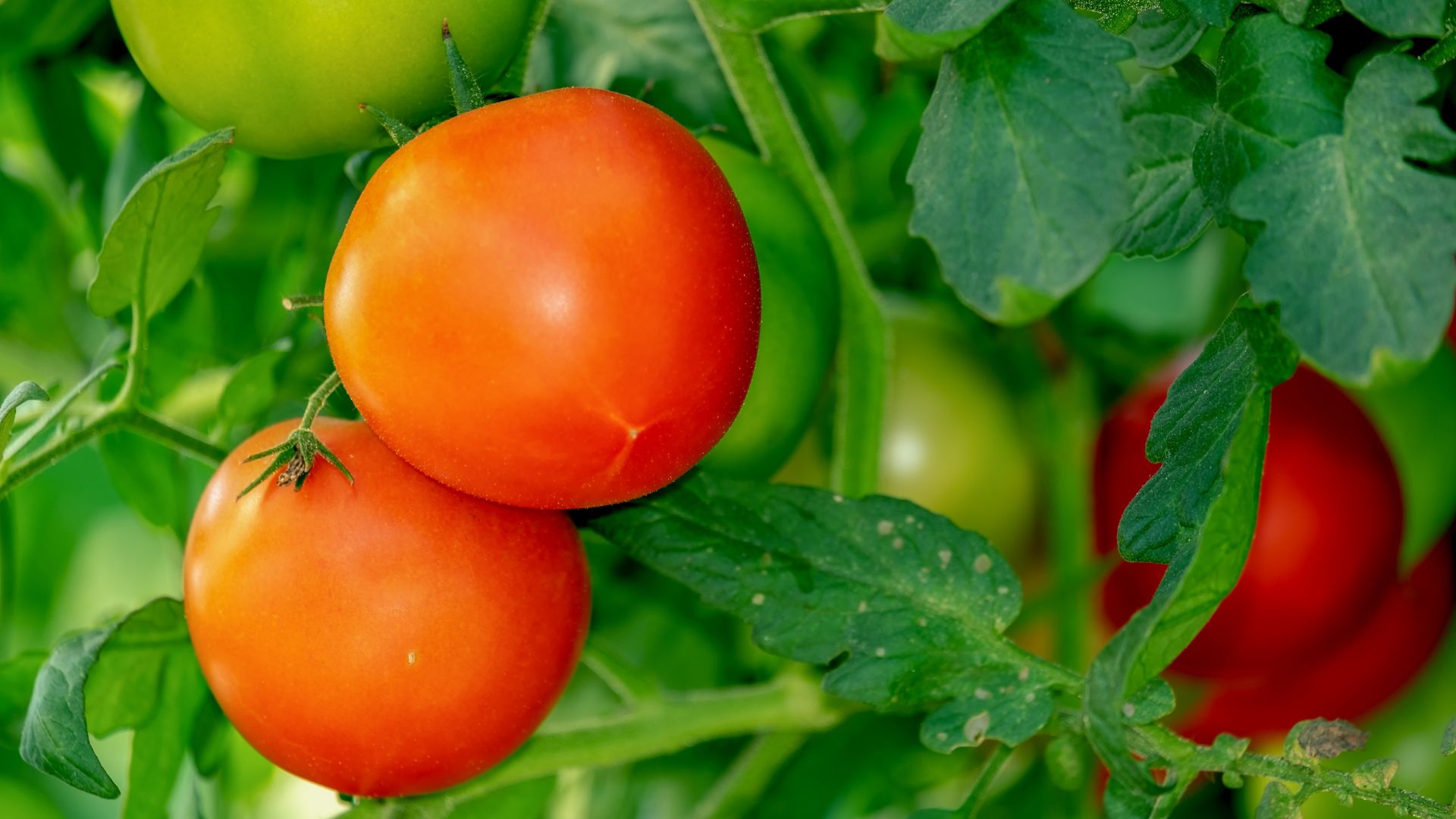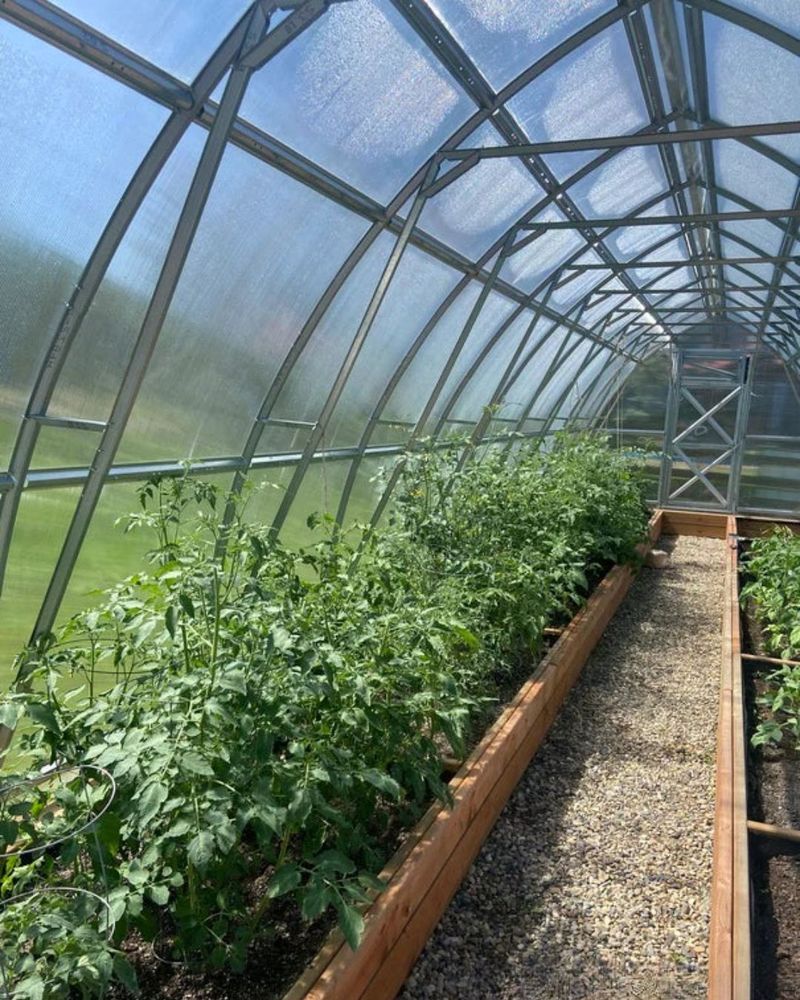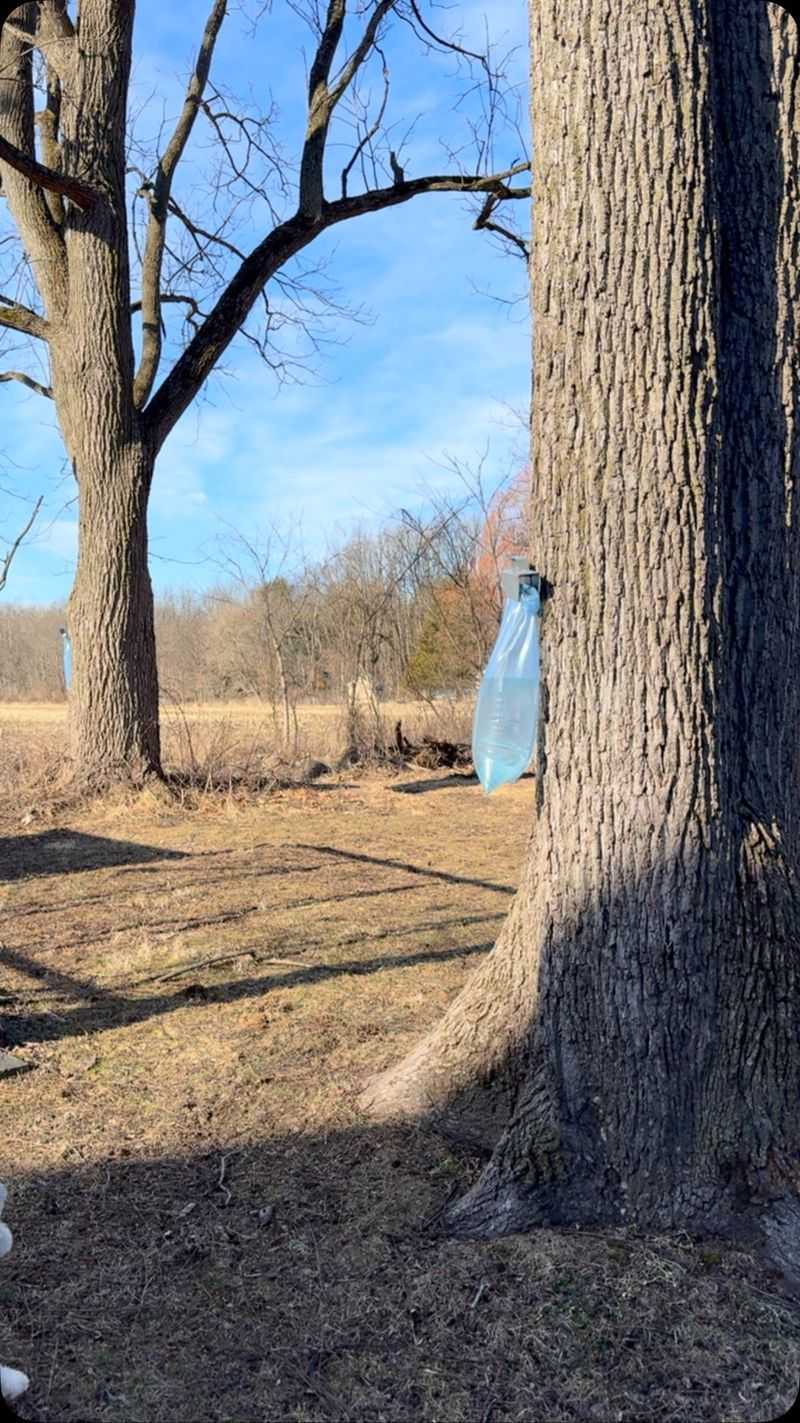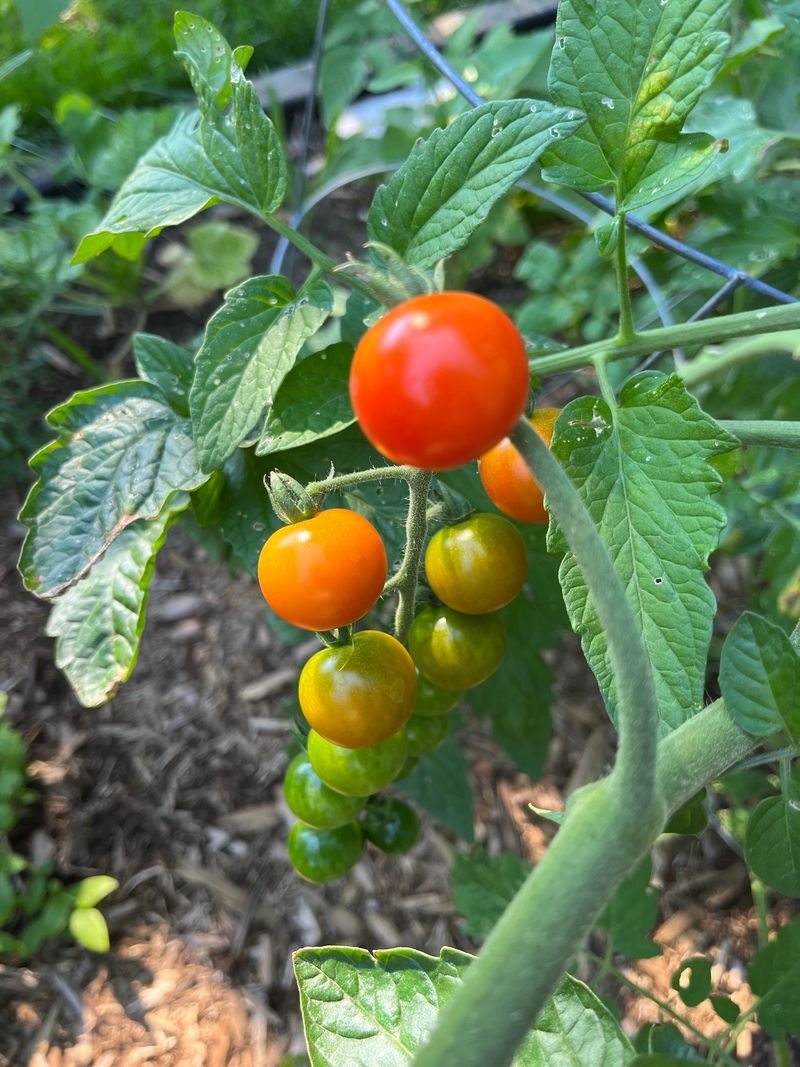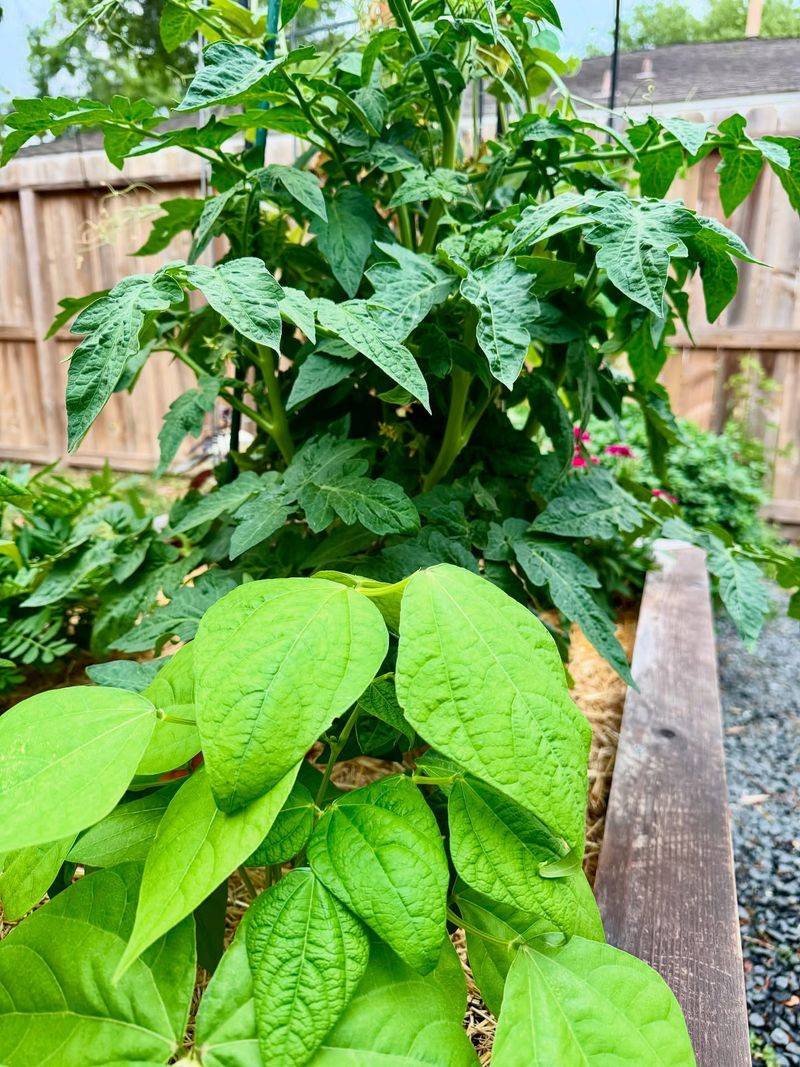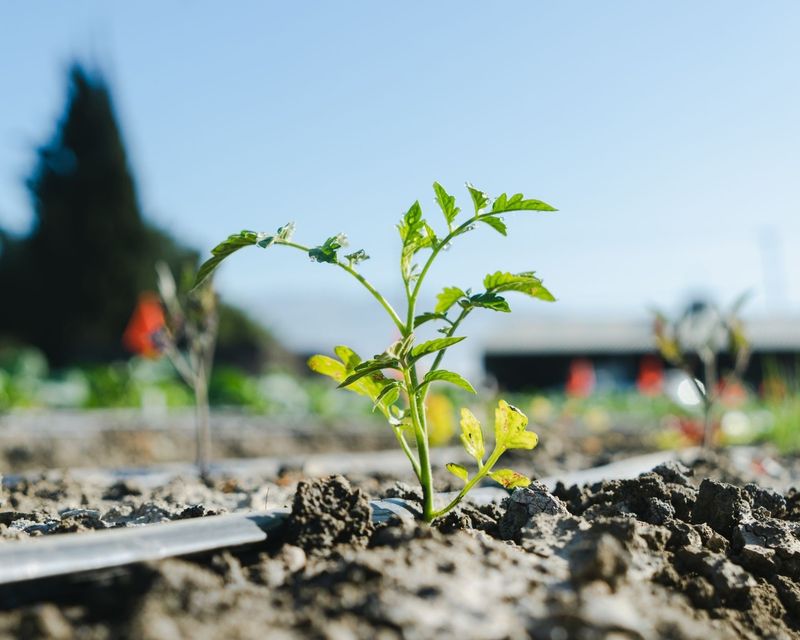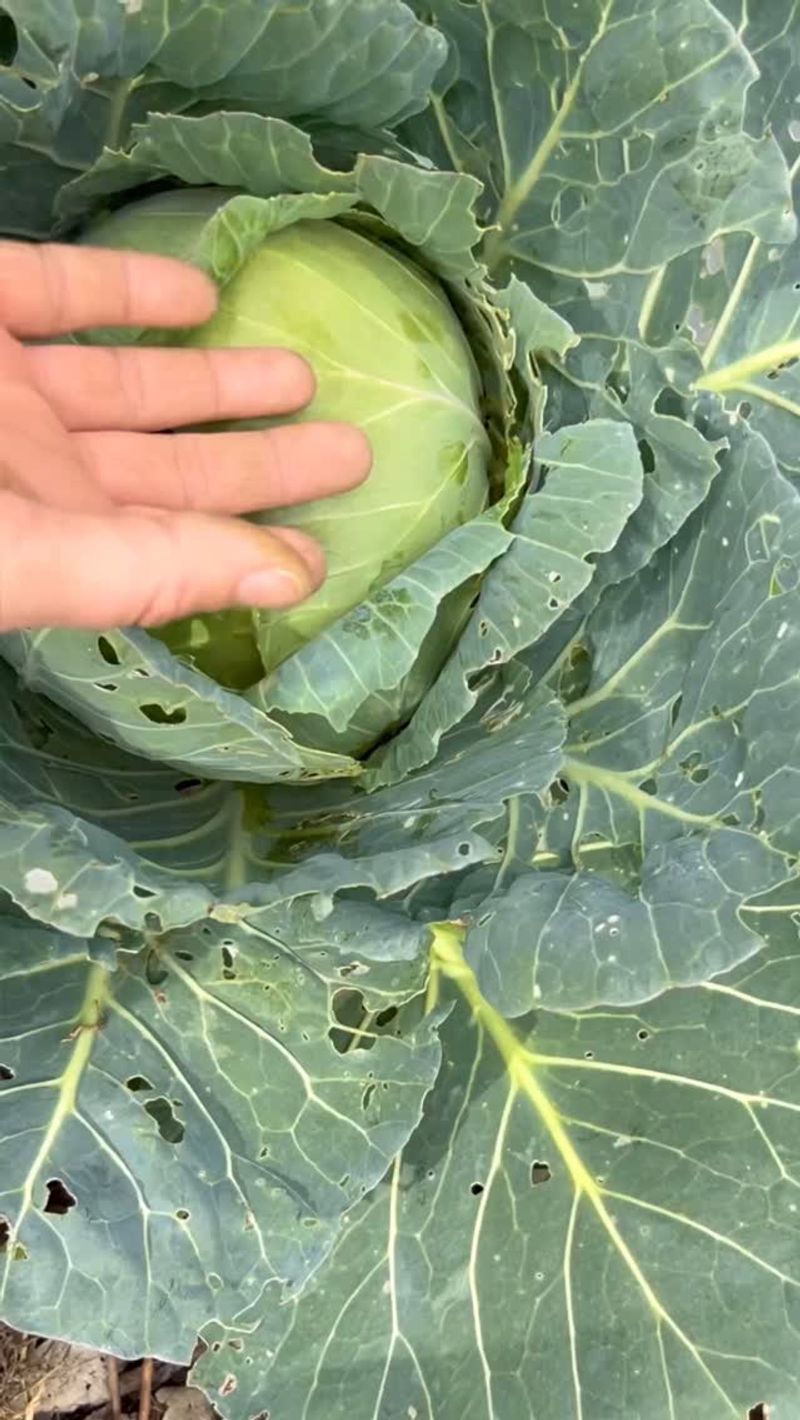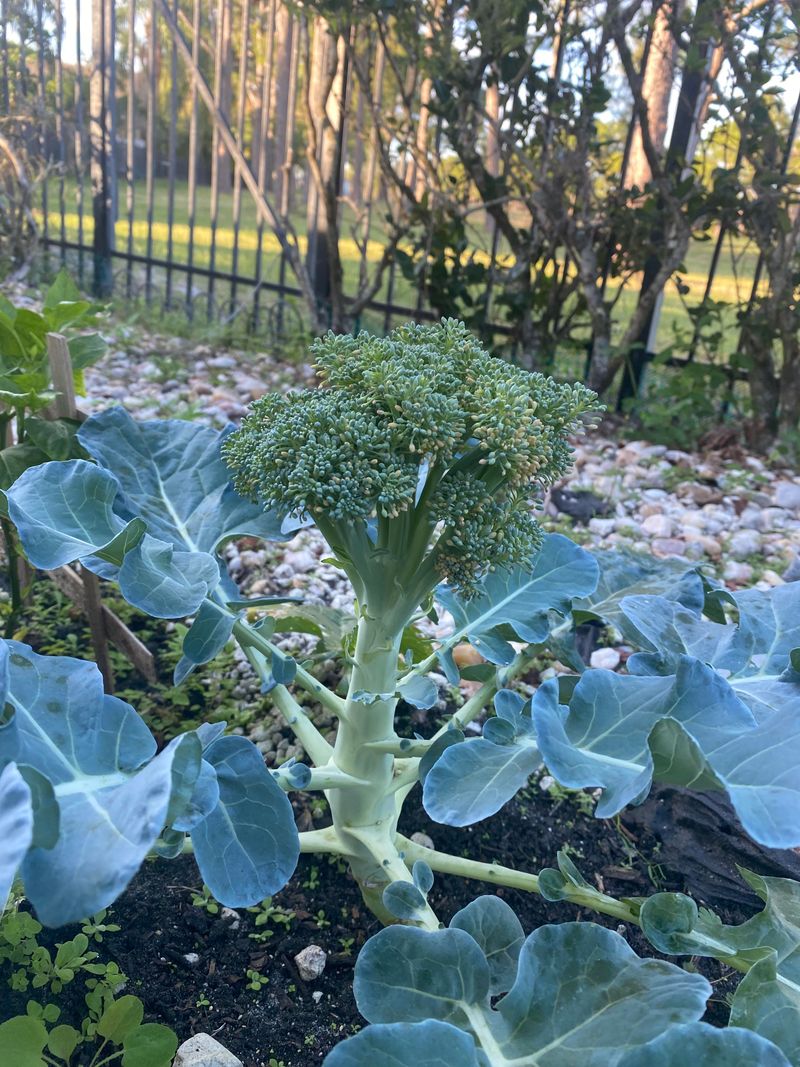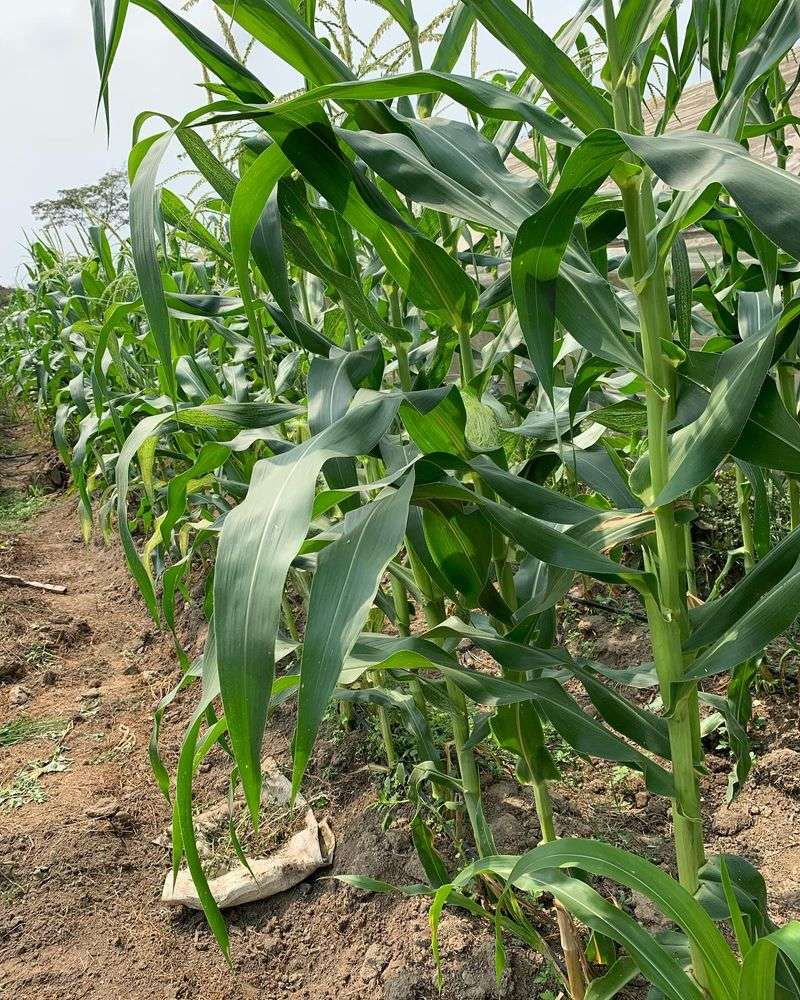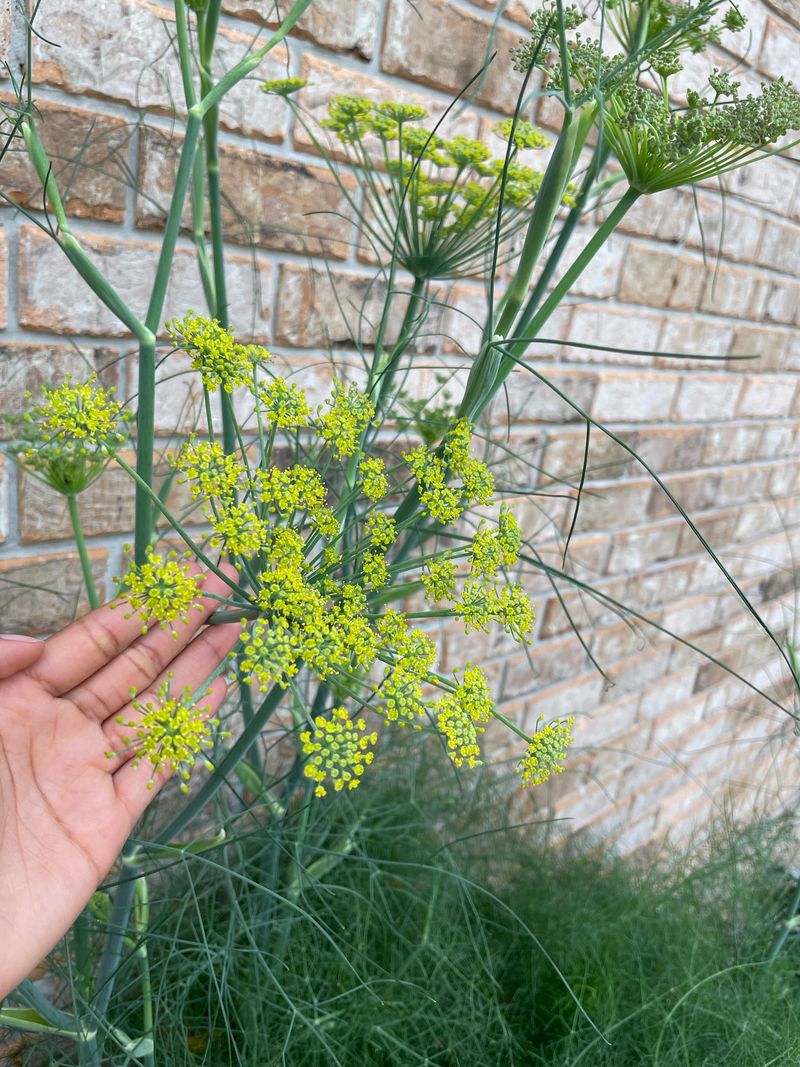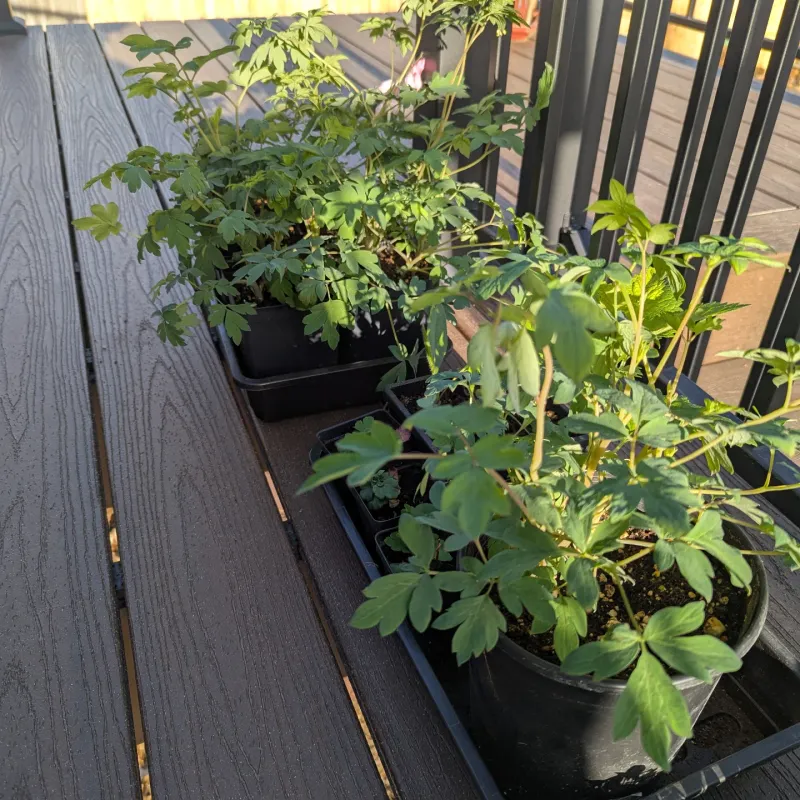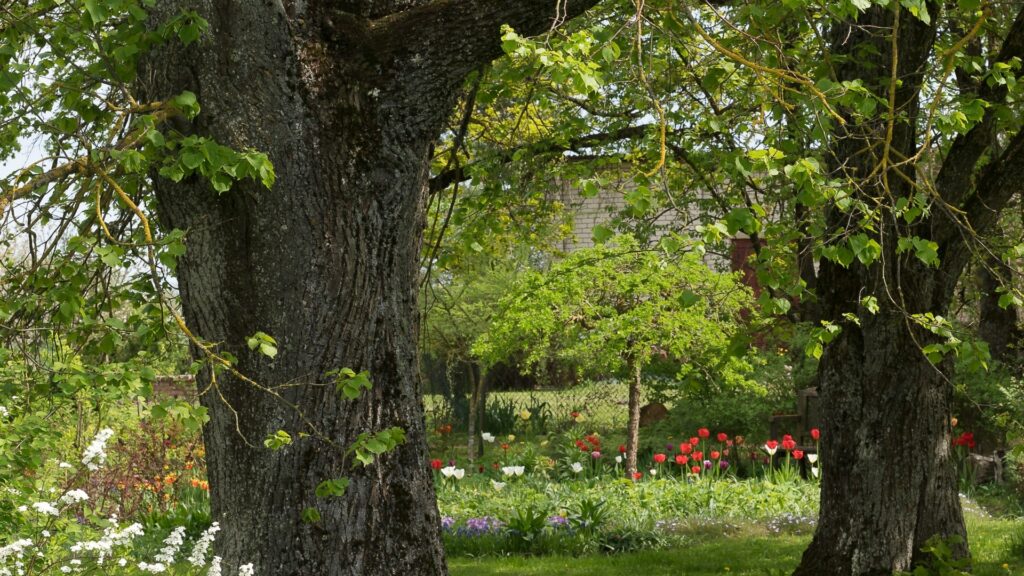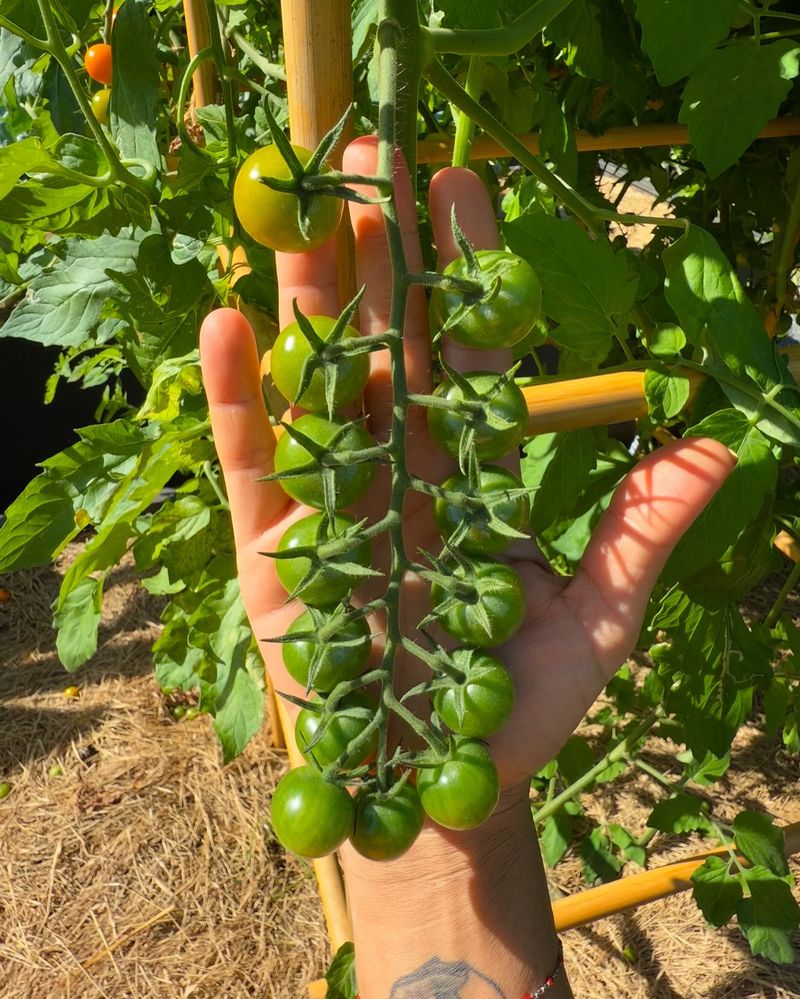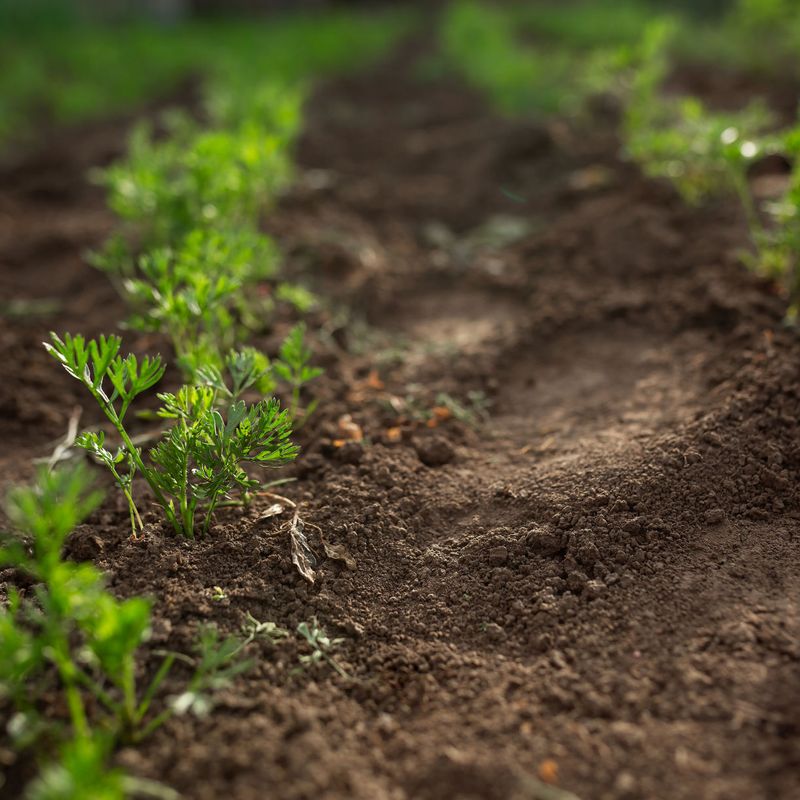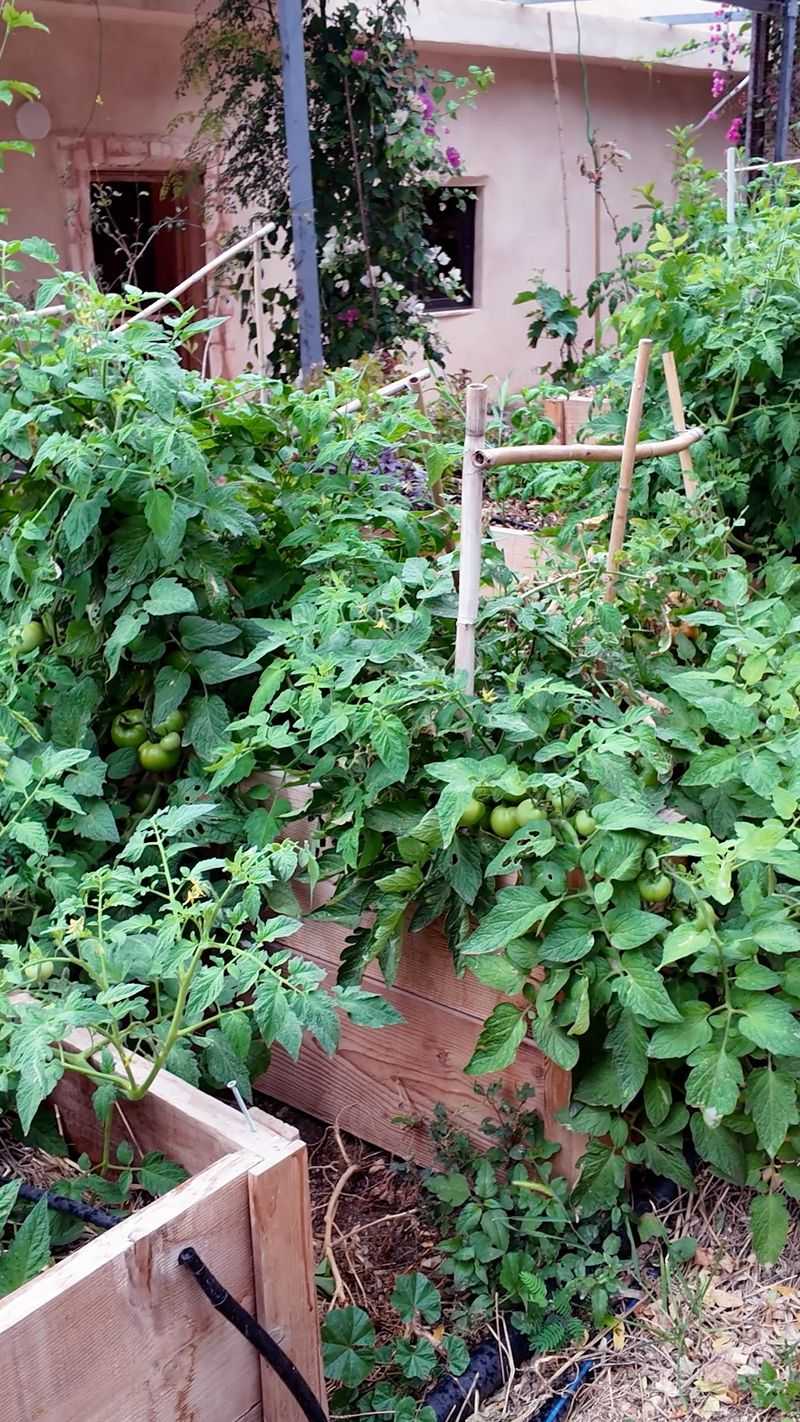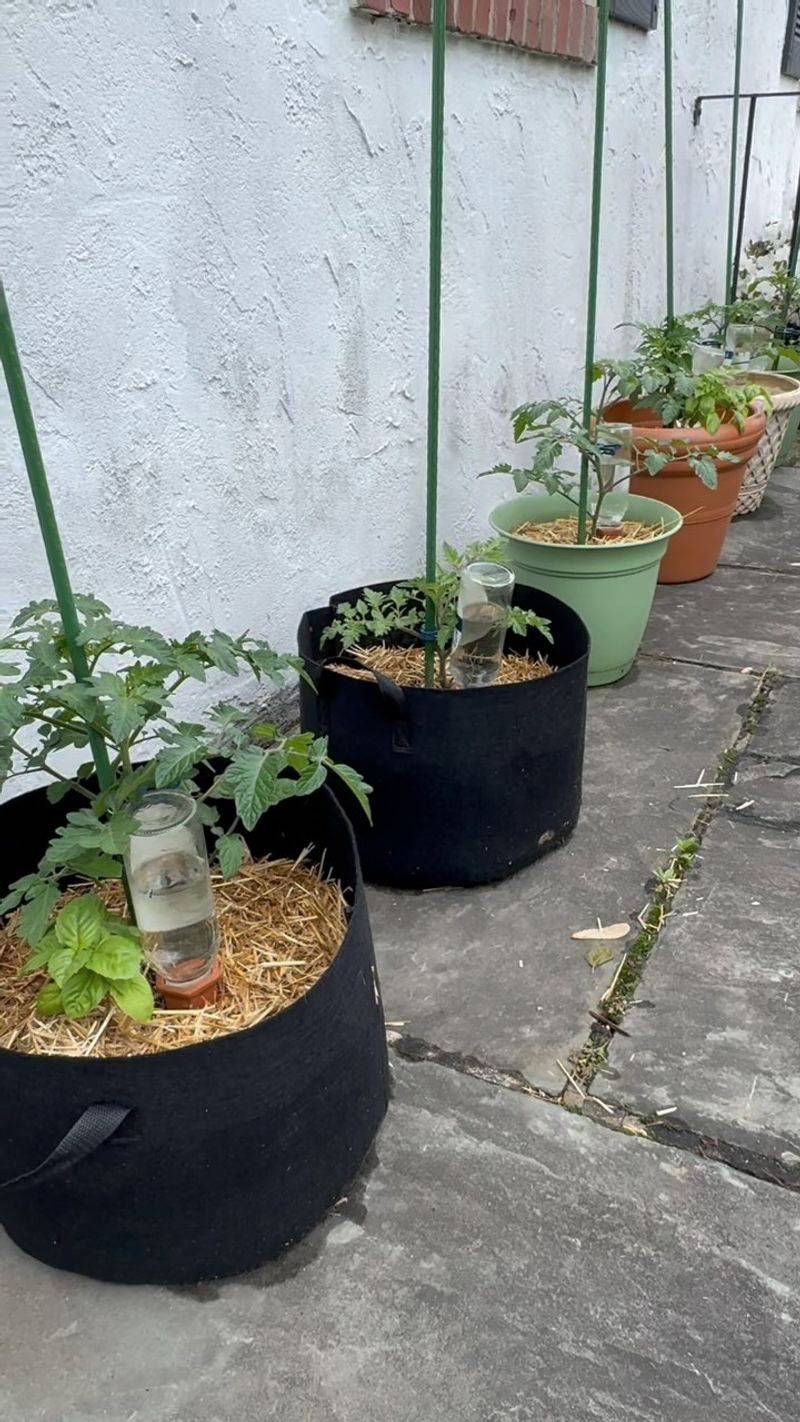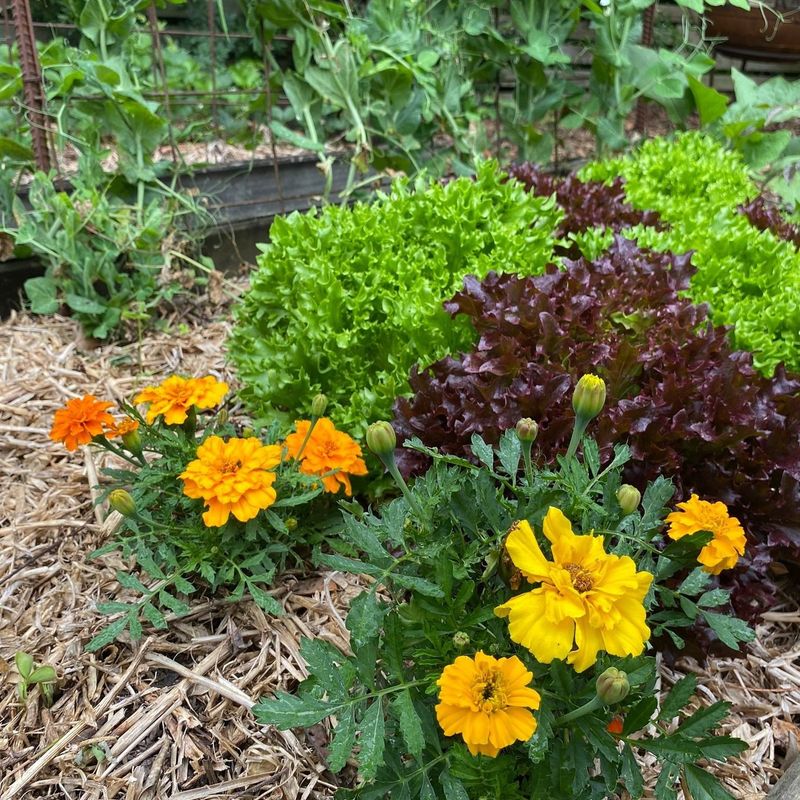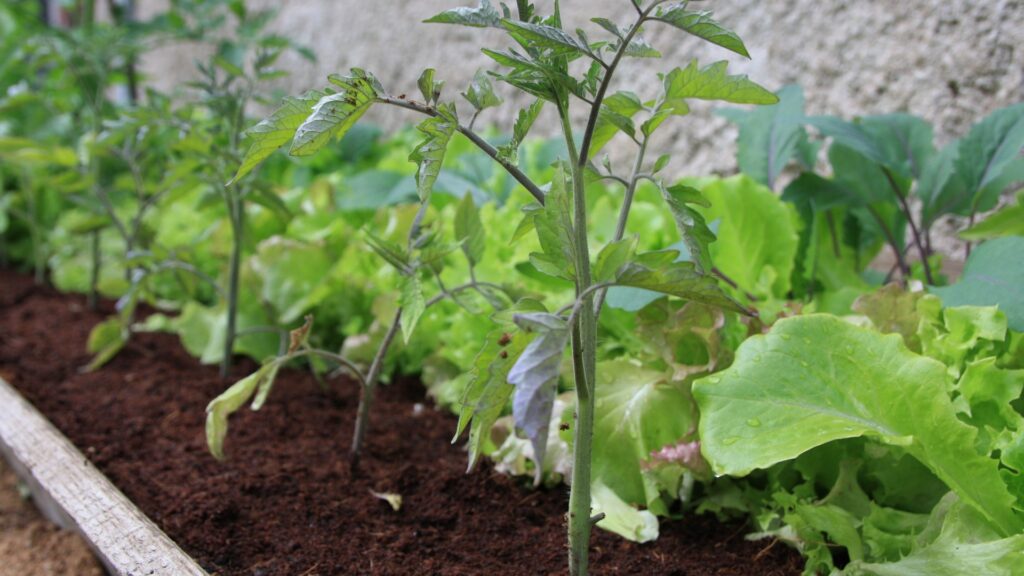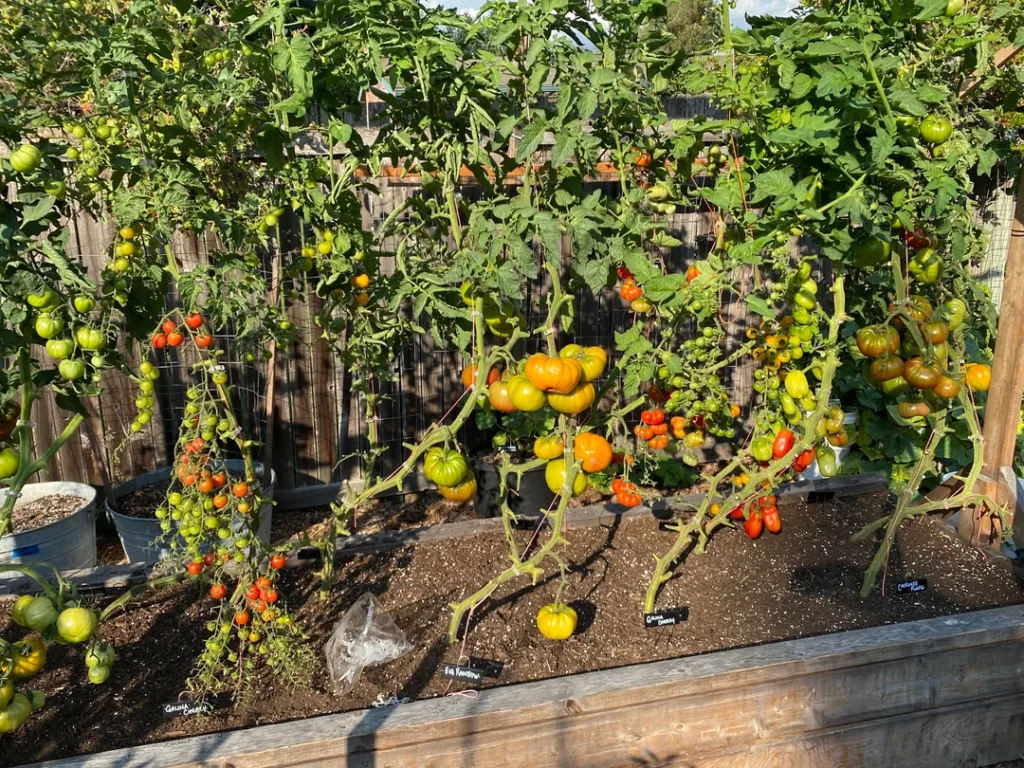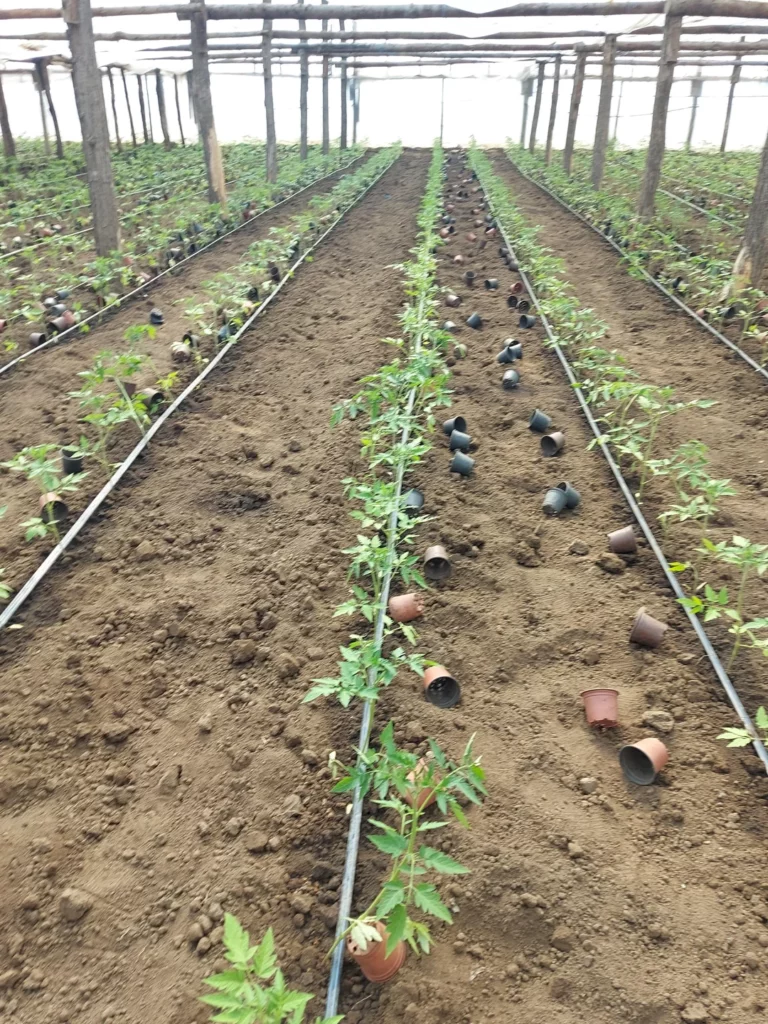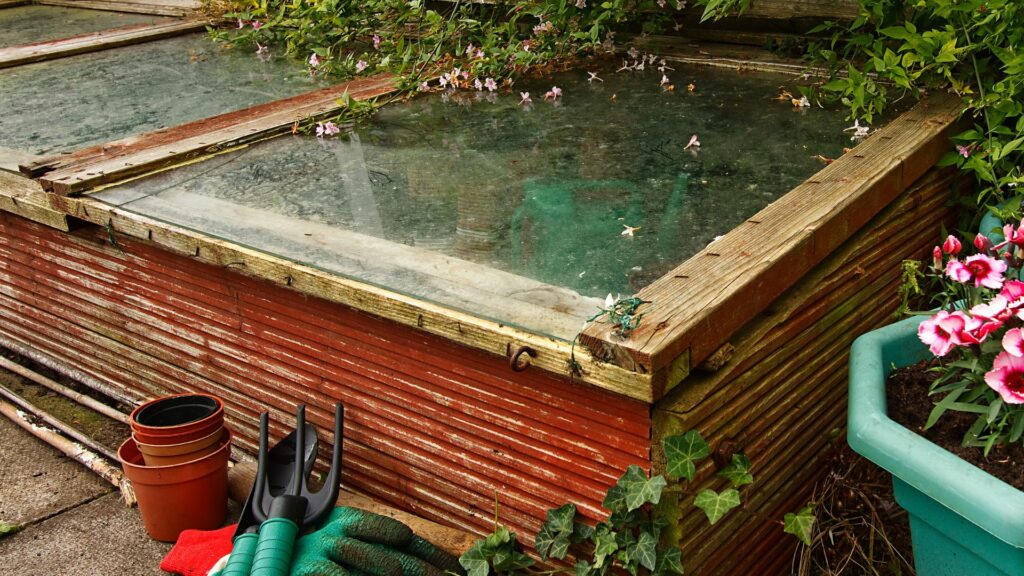Tomatoes may be garden royalty, but they sure are picky about where they grow! Put them in the wrong spot, and they’ll sulk, struggle, or flat-out refuse to fruit.
I’ve learned the hard way (hello, sad tomatoes under that big shady tree) that location makes all the difference. So I’m sharing the top no-go zones for your tomato babies—plus the dream spots where they’ll grow like champs.
Let’s make sure your next harvest is juicy, lush, and brag-worthy!
1. Shady Areas
Tomatoes love sunshine! Placing them in shaded areas deprives them of the light they need to grow. Without sunlight, tomatoes struggle to produce the delicious fruit we all love.
Find a sunny spot, and your tomatoes will thank you with a bountiful harvest. They need at least 6-8 hours of direct sunlight daily.
Shady spots just won’t do. Giving them ample sunshine ensures they thrive, growing strong and healthy, ready to burst with sweet, juicy fruits. For successful growing, sunlight is essential.
2. Too Close To Black Walnut Trees
Black walnut trees might be majestic, but they’re not tomato-friendly. These trees release a chemical called juglone, which is harmful to tomato plants.
Planting tomatoes too close will cause them to wither and fail to thrive. Keep them at a distance! The juglone is present in the roots, leaves, and even in the tree’s shade.
It creates a toxic environment for tomatoes, stopping them from absorbing nutrients. To protect your tomatoes, give them plenty of space away from these trees.
3. Where Tomatoes Grew Last Year
Rotating crops is vital for healthy tomatoes. If you plant them in the same spot every year, the soil becomes depleted, and diseases build up. Move them to a new location each season.
Planting in the same spot encourages pests and diseases that affect tomatoes. By rotating, you allow the soil to recover and stay nutrient-rich.
This simple change can prevent common problems and keep your tomatoes healthy and productive year after year.
4. Where Potatoes Grew Last Year
Potatoes and tomatoes share similar pests and diseases, including blight. Planting tomatoes where potatoes were last year increases the risk of these issues. It’s better to switch locations.
Both plants belong to the nightshade family, making them susceptible to the same problems. Moving tomatoes to a fresh spot reduces the risk of disease.
This practice helps maintain healthy plants and ensures a robust harvest, free from the troubles left behind by last year’s potatoes.
5. Poorly Drained Soil
Tomatoes hate having wet feet! Planting them in poorly drained soil leads to waterlogged roots and unhappy plants. Ensure your soil allows water to drain away quickly.
Waterlogging can cause root rot and other problems, stopping your tomatoes from thriving. Adding organic matter or sand can improve drainage, creating a better environment for growth.
Keeping the soil well-drained is essential for healthy, productive tomato plants that are ready to burst with flavor.
6. Next To Cabbage
Tomatoes and cabbages aren’t the best of neighbors. Cabbage can stunt tomato growth, competing for nutrients and space. Keep them apart for a thriving garden.
The root systems of cabbages can interfere with tomatoes, limiting their ability to access essential nutrients. By planting them separately, you give each plant room to grow and flourish.
This separation helps prevent competition and ensures both plants reach their full potential, resulting in healthier harvests.
7. Next To Broccoli
Broccoli and tomatoes don’t make a good team. Broccoli can overpower tomatoes, taking up vital nutrients. Separation ensures both plants thrive.
Tomatoes need a lot of nutrients to grow and produce fruit, and broccoli can consume these quickly. By keeping them apart, you ensure that tomatoes have access to the nutrients they need, leading to a more successful and vibrant garden.
This simple step can boost your tomato harvest significantly.
8. Near Corn
Corn grows tall and can block sunlight from reaching tomato plants. Placing them together isn’t a wise choice. Ensure your tomatoes get unblocked access to sunlight.
Corn’s height creates shade, depriving tomatoes of the light they thrive on. By planting them separately, you allow tomatoes to soak up the sun’s rays, helping them grow strong and yielding juicy fruits.
This separation ensures both crops can flourish without hindering each other’s growth.
9. Next To Fennel
Fennel is a notorious companion plant for tomatoes. It can release substances that hinder tomato growth. Keep them apart for the best results. Fennel’s roots secrete chemicals that can stunt tomato development.
By giving them space, you ensure tomatoes have the room and nutrients they need to flourish. This simple decision can lead to a healthier, more productive tomato garden, free from the competition and challenges fennel presents.
10. In Compacted, Heavy Clay Soil
Compacted, heavy clay soil is no friend to tomatoes. It holds water and lacks air, creating poor conditions for growth. Amend it for success.
Clay soil prevents proper root development and drainage, leading to problems like root rot. By loosening the soil and adding organic matter, you improve aeration and drainage.
This preparation provides a welcoming home for tomatoes, encouraging healthy roots and abundant fruit production.
11. Near Large Trees With Spreading Roots
Large trees may offer shade, but they’re not great neighbors for tomato plants. Their spreading roots compete aggressively for water and nutrients, leaving tomatoes hungry and stressed.
Tomatoes have shallow roots that need consistent moisture and access to nutrients. When planted too close to big trees, they struggle to compete and end up weak and unproductive.
To give your tomatoes the best chance, plant them far from tree roots where they won’t have to fight for essential resources.
12. Always Plant In Full Sun Locations
Tomatoes crave sunlight, thriving in full sun locations. Ensure they’re planted in spots where they receive ample sunshine. Sunlight is crucial for photosynthesis, helping tomatoes develop strong stems and delicious fruits.
By choosing sunny areas, you set the stage for a successful tomato harvest. A location with full sun exposure allows the plant to photosynthesize efficiently, turning sunlight into energy and producing lush, flavorful tomatoes.
13. Always Choose Well-Drained, Loamy Soil
Well-drained, loamy soil is ideal for tomatoes. It provides the perfect balance of drainage and nutrient retention. Prepare your soil for a bountiful harvest.
Loamy soil encourages robust root growth and supports healthy plants. By ensuring the soil is well-drained, you help prevent water-related issues.
This type of soil offers tomatoes the environment they need to thrive, resulting in a garden full of juicy, flavorful fruits ready for picking.
14. Raised Garden Beds Are A Tomato’s Best Friend
Raised garden beds offer the perfect solution for growing tomatoes. They provide excellent drainage and control over soil quality. Elevate your tomatoes for success.
By using raised beds, you can easily amend the soil, ensuring optimal conditions for growth. These beds also improve drainage, preventing root rot and other issues.
With the added benefit of better pest control, raised beds help create a thriving environment for your tomato plants.
15. Containers Or Grow Bags With Excellent Drainage Are Ideal
For those without garden space, containers or grow bags make excellent tomato homes. Ensure they have good drainage to support healthy plants. Containers allow flexibility in placement, letting you find the sunniest spots.
With the right potting mix, tomatoes can thrive in these environments. Proper drainage prevents waterlogging, ensuring roots stay healthy.
This method provides an excellent solution for urban gardeners or those with limited space, offering a way to enjoy fresh tomatoes at home.
16. Nestle Tomatoes Near Companion Plants Like Basil Or Marigolds For A Thriving Garden
Companion planting enhances tomato growth. Nestling tomatoes near basil or marigolds helps repel pests and boost flavor. Choose companion plants for a thriving garden.
Basil’s aroma deters pests, while marigolds attract beneficial insects. Together, they create a balanced ecosystem, promoting healthy tomato growth.
This combination offers natural pest control and enriches the gardening experience, leading to a productive tomato harvest.
17. Along A South-Facing Wall Or Fence
A south-facing wall or fence reflects sunlight and retains warmth, creating a cozy microclimate perfect for tomato growth. This location gives them extra heat and protection from wind.
The reflected light boosts photosynthesis, while the shelter keeps temperatures more stable during cooler nights. It’s a secret trick many seasoned gardeners use for early, abundant harvests.
For happy, heat-loving tomatoes, planting along a sunny south-facing structure is a winning move.
18. On A Gently Sloping Hill With Good Air Circulation
Tomatoes thrive in spots with steady airflow, and a gently sloped hill offers excellent air circulation. This natural ventilation helps reduce humidity around the plants, preventing fungal diseases like blight.
The elevation also improves drainage, ensuring that excess water doesn’t linger around the roots. With the added bonus of sunshine exposure on south-facing slopes, tomatoes planted here get everything they need—light, air, and dry leaves.
For healthier plants and fewer disease problems, choose a breezy, slightly elevated spot that keeps air moving and soil well-drained.
19. In A Greenhouse Or Polytunnel With Temperature Control
Tomatoes adore warmth, and a greenhouse or polytunnel offers a controlled environment perfect for their needs. These structures retain heat, protect plants from harsh weather, and extend the growing season.
With proper ventilation and care, greenhouse tomatoes can avoid common outdoor issues like wind damage and pests. Plus, you can start growing earlier in spring and harvest later into fall.
This setting is ideal for maximizing productivity and ensuring a steady supply of ripe, flavorful tomatoes, even when outdoor conditions are less than ideal.
20. Inside A Cold Frame For Season Extension
A cold frame is a gardener’s best friend when it comes to squeezing extra time out of the growing season. This mini greenhouse captures solar heat and protects young tomato seedlings from cold snaps, giving them a head start in spring.
With consistent warmth and shelter from wind, tomatoes establish faster and grow stronger. Ventilation is easy to manage by propping open the lid during warm days, preventing overheating and humidity buildup.
For an affordable, low-maintenance way to jump-start your tomato season and protect against early or late frosts, a cold frame is a smart solution.
21. In A Rotated Garden Bed After Legumes
Following legumes like peas or beans in your garden rotation can give tomatoes a natural boost. Legumes fix nitrogen in the soil, leaving behind nutrients that tomatoes need to grow vigorous vines and tasty fruits.
This setup improves soil fertility without synthetic fertilizers and reduces disease pressure from planting tomatoes in the same spot year after year. Plus, crop rotation helps break pest cycles.
Planting tomatoes in a freshly vacated legume bed sets the stage for healthier growth and an abundant harvest—all thanks to smart soil management.

